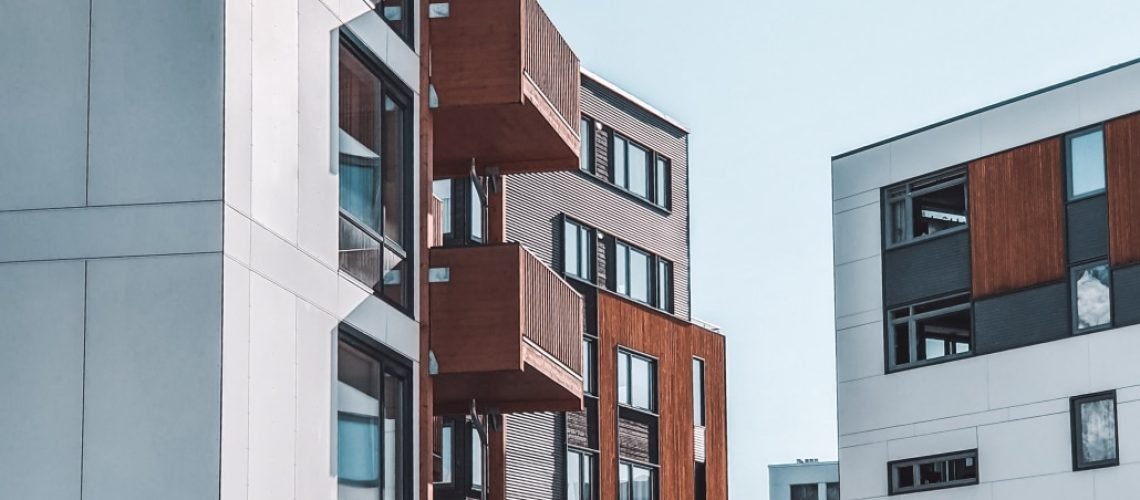GRC cladding, also known as Glassfiber Reinforced Concrete cladding, is a popular architectural cladding solution used in the construction industry. It is widely appreciated for its durability, versatility, and aesthetic appeal. In this article, we will delve into the characteristics and production method of GRC cladding, exploring its benefits and applications in modern construction projects.
Characteristics of GRC Cladding
GRC cladding is a composite material consisting of cement, sand, water, alkali-resistant glass fibers, and various additives. These components work together to create a lightweight yet strong cladding system that offers numerous advantages. GRC cladding is renowned for its exceptional durability, weather resistance, and fire resistance. It can withstand harsh environmental conditions, including extreme temperatures, moisture, and UV radiation, making it suitable for both interior and exterior applications. Additionally, GRC cladding provides excellent design flexibility, allowing architects and designers to achieve intricate and customized facades.

GRC Cladding Production Method
The production of GRC cladding involves a specialized manufacturing process. It typically begins with the preparation of the GRC mix, which involves combining the cement, sand, water, and other additives. Alkali-resistant glass fibers are then added to the mix, which enhances the cladding’s strength and flexibility. The mixture is thoroughly blended to ensure a uniform distribution of fibers and to eliminate any air pockets. Once the mix is ready, it is transferred into molds or sprayed onto pre-constructed forms, depending on the desired cladding design. The cladding panels are then cured and allowed to harden before they are ready for installation.
Benefits and Applications of GRC Cladding
GRC cladding offers several benefits that make it a preferred choice for architects, contractors, and developers.
Firstly, its lightweight nature facilitates easier handling, transportation, and installation compared to traditional cladding materials. This not only saves time but also reduces construction costs.
Secondly, GRC cladding is highly versatile and can be manufactured in a wide range of shapes, sizes, and finishes. It allows for intricate detailing, enabling architects to bring their creative designs to life.

Furthermore, GRC cladding is low maintenance and long-lasting, requiring minimal upkeep over its lifespan. It is resistant to cracks, fading, and corrosion, ensuring the longevity of the building’s facade. Due to its exceptional durability and aesthetic appeal, GRC cladding is commonly used in various construction projects, including commercial buildings, residential complexes, institutional structures, and cultural landmarks.
Conclusion
GRC cladding is a composite material renowned for its durability, versatility, and aesthetic appeal. It offers exceptional weather resistance, fire resistance, and design flexibility, making it suitable for a wide range of applications in modern construction. The production method involves combining cement, sand, water, glass fibers, and additives, followed by molding or spraying onto forms. With its lightweight nature, ease of installation, and low maintenance requirements, GRC cladding continues to be a popular choice for architects and developers seeking long-lasting and visually appealing building facades.


2 Responses
Hello,
I need the GRC Cladding for my projects.
Kindly send me images and details of what you have
Hi Kunle, Thanks for your inquiry, our colleague will contact you through email soon!